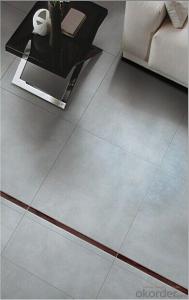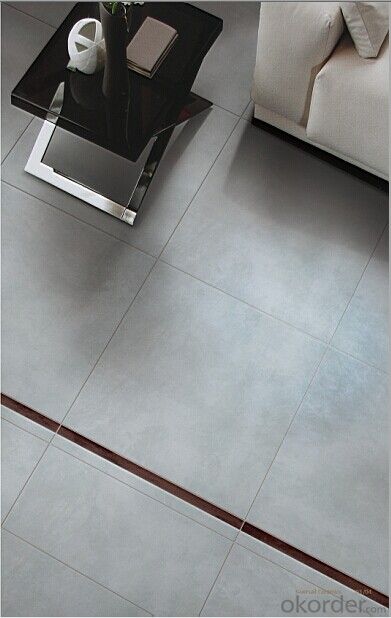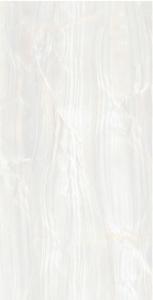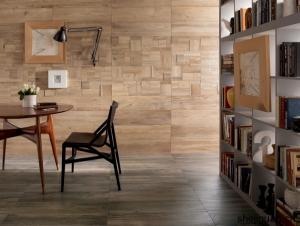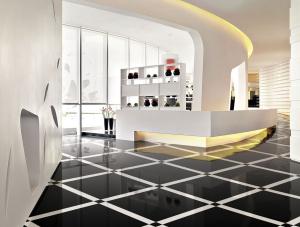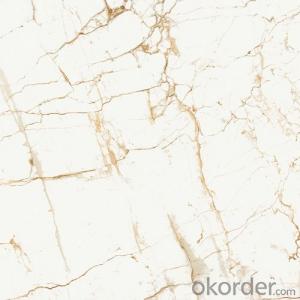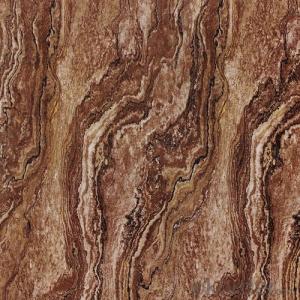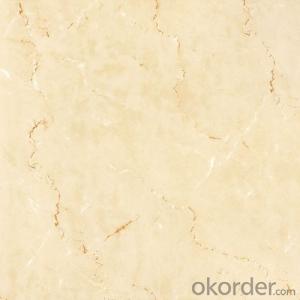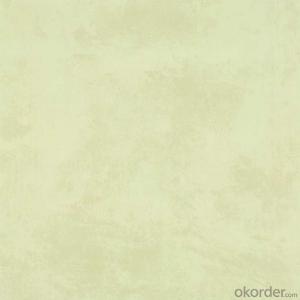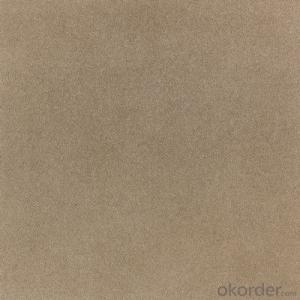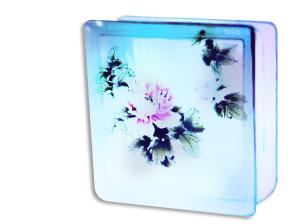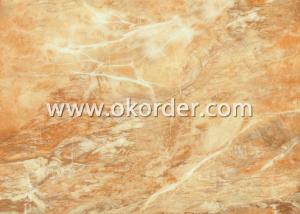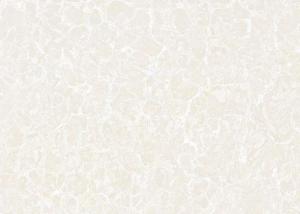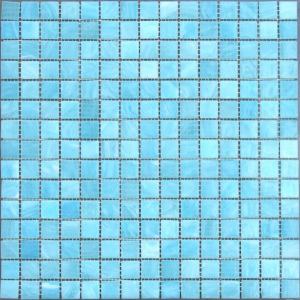Glazed Porcelain Tile Urban Series UR60D
- Loading Port:
- China main port
- Payment Terms:
- TT OR LC
- Min Order Qty:
- 1105.92
- Supply Capability:
- 100000 m²/month
OKorder Service Pledge
OKorder Financial Service
You Might Also Like
Product Brief Introduction
Glazed Porcelain Tile Urban Series UR60D is one of the most popular color of UR Serie, which is one serie of Glazed Porcelain Tile in the present market. Just like other series, it could be used for interior floor for apartment, villa, super market as well as other public areas, due to its being good quality as well as the reasonable price compared with other suppliers.
Product Features
Glazed Porcelain Tile
Only Grade AAA available
Strict control on color shade, deformation, anti-pollution, surface flatness as well as packing
Competitive price
Standard export packing: Pater Carton+ Wooden Pallet
Fast delivery
OEM service could be offered
Marketing support on samples, catalogues as well as carton designing
Professional sales team for product, document and schedule of importing and exporting.
Product Specification
Tile Type: Glazed Porcelain Tile
Quality standard: GB/T4100-2006, ISO13006, ISO9001
Water Absorption Rate: 《0.5%
Breaking Strength: 》 1800 N
Rupture Modulus: 》40 MPa
Length and Width Tolerance: ±0.1%
Surface Smoothness: ±0.15%
Edge Straightness: ±0.15%
Wearing Strength: 《1600 mm3
Resistance to Chemical: Class UA
Resistance to Staining: Class 3.
Packing Information (For 27.5 Tons heavy 20’Fcl)
For 600x600mm, 4pcs/Ctn, 40 Ctns/Pallet, 960 Ctns/20’Fcl, 1382.4m2/20’Fcl
Production Line & Package

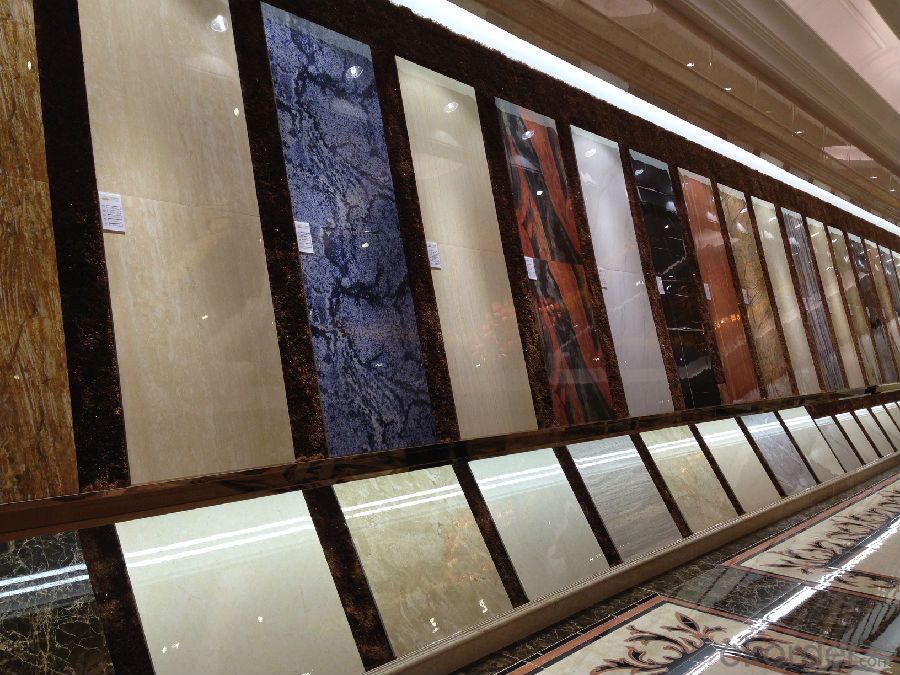
FAQ
1. For Glazed Porcelain Tile, is the 30*60 available?
—— Yes, 30*60 is available. Due to the basic size is 60*60, we need to cut 60*60 tile into 30*60. 8 pcs are packed into one carton.
2. What is the MOQ for this tile?
—— Normally the MOQ is 1382.4 m2 for one 20’ container. To support our clients, we could go with 3 models to fill one container at most.
- Q: I will be putting matching ceramic tile as molding....what is the best way to attach the ceramic molding to the wall?
- Thinset mortar. They sell it at any hardware store. Buy the powdered form and mix it yourself. The premixed tends to cause problems because it contains an additive to keep it from drying out in the container. This can cause slippage of your tiles and be very frustrating.
- Q: Moved into a house where prior owner used glazed porcelain tile. Job unfinished but a little tile left behind. Not enough! Can anyone help me find GEO CERAMICHE Natura Sable BL 12x12 (or larger, I can cut it down). Have looked online to no avail (yet). Neighbors tell me the tile was bought at least 4 years ago but not later. Can anyone help me find 5 pieces of this tile?
- Find where the tile was bought 1st.. Many big box stores will private label name brand tiles ( and many products) so you can t cross shop them..After 4 years I won t give you much of a chance to find them ..sorry... Styles change along w/ technology and they switch things to change w/ the times.It may be still available but chances are slim..Is it in a place that some sort of mosaic can be used as a decoration? Or maybe a good rug? Start w/ the big box stores but don t waste to much gas chances are slim .. I wish you luck ..
- Q: How to calculate the loss of tiles
- Number of tiles = Room area of wall and floor tile / [(block length of long gray seam width) × (block width wide gray seam width)] × (1 loss rate) For example: the use of retro tiles specifications for the 0.5 × 0.5M, patchwork width of 0.002M, loss rate of 1%, 100 square meters need to use the number of: 100 square meters dosage = 100 / [(0.5 0.002) 0.002) x (1 0.01) is about equal to 401 pieces. Ps: Floor tiles in the precise accounting, taking into account the cutting loss, the purchase of additional 3% -5% of the amount of loss.
- Q: 6 blocks, 12 mirrors, 3 white tiles.
- you could make L shaped 'legs' (four) the same heoght with the glass blocks. turn the open parts toward the center, corners out. place the mirror on a piece of plywood, and frame the mirro with tile to make, coffee table, end table, sofa table, night table varying the design only by lengths and widths. You could make a set. Also take five mirror tiles and four 12 pieces of lumber. adhere a tile to two pieces of wood and set to dry, do it again, so to let two dry at a time. when dry, stand upright as ends of a cube use two tiles to complete the cube and set a fifth one on top for a mirror cube. Raise the mirror cube using glass blocks, as before. Cut a piece of 4x4 wood the lenth of the floor to ceilng and screw to a wall and tile with the white tiles to create architectural interest in a room. Build a column of wood, 12 x4 and use mirror on one side and tiles on the end to create a room dividing pice of art that uses the light in a room to trick the eye and increase it's size. With the prpoer nearly clear silicone you can create a column of glass blocks and light it from inside with christmas lights.
- Q: Just moved into a house with tile floors, I have fiber mopped, stick-vac‘d, wet mopped them and they still feel gritty on my bare feet. Anyone have any suggestions or will they always feel dirty?
- They may be made like that so you don't slip on them. Smooth tiles are dangerous and many women have broken hips on them. So they started adding a roughing to the finish to make them safer. This may be what you are dealing with. Sorry.. Its not dirty, its being safe.
- Q: I‘m going to be putting in a tile floor in my kitchen (all cabinets and appliances removed). I have done my research and have a good idea of what I will be doing - beef up the subfloor with plywood and lots of screws for rigidity; use cement based self leveler to correct a mild slope; install backerboard or decoupling membrane (not sure which yet) followed by the tile.I have a plan, but plans tend to fall apart after their first run-in with reality. Has anyone run into types of problems they don‘t talk about on DIY network? The types of problems complete the following kinds of sentences: are you f***ing kidding me? You have to do ____ before ___? or dammit, why don‘t they tell you you need [insert name of specialized gadget] on a product that cures in 10 minutes? or boy was I an idiot for doing/not doing [insert critically important but not obvious tiling procedure here].?Much obliged, and thanks for the responses.
- Get okorder /
- Q: I accidentally tiled over an outlet cover. What can I do to fix this issue with out having to remove all the tile?
- Probably not much you can do except remove that piece of tile if you which one it is.... If you can find the feed wire to the rec. disconnect the elect. from that rec. and put in a new rec. somewhere else....There is a device that will tell you where the rec. is if it will read thru the tile... If you know an eletrician...Talk to him about your problem..... Probably would not be a good idea to just leave it there ...Could cause a problem over time...
- Q: Not sure it it‘s mold/mildew ot the sealer stripping off. I‘ve used Tilex but it didn‘t work. Even scrubbed it with a stiff brush. Anyone know what this film is and how to get it off?
- Are these tiles applied directly to a concrete floor that sits on the ground? If so, it sounds like efflorescence, where salt moves from the ground into the floor and then through the tile appearing as a white film on the surface of the tile (it happens through basement walls and if bricks are placed on the ground). Scrubbing may not be enough. You may have to check at your local hardware store for a sealer for your tiles or a cleaner strong enough to prevent the film from forming again.
- Q: I‘m installing new tile in my bathroom and had a few questions.1. I understand that I‘m supposed to remove the toilet prior to laying the tile. So I remove the toilet, lay new tile, and then put the toilet on top of the tile? Does this mean that the toilet will sit on the tile? If so, won‘t there be a very little gap where the tile and toilet meet? Are you supposed to seal this gap? Or, do you cut the tile around the shape of the bottom of the toilet and tile around it?2. Same question with the vanity. I‘m replacing my old vanity. Do I have to remove the old vanity, lay tile in the whole area where the old vanity was, and then install the new vanity on top of the tile? Again, what about the small gap? Does it need to be sealed? What do you seal it with?3. How do you remove the old vanity? Do you simply disconnect the plumbing, remove the screws holding it to the wall, and pry it from the wall?Any comments, suggestions, or advice are appreciated.
- Its best to have the floor go under the vanity, and never tile around a toilet it will look terrible.. 1. Remove toilet by turning off water valve, disconnecting supply line and unscrewing flange bolts. 2. Remove vanity by turning off water valves, disconnecting supply lines and drain. This can be done with a channel lock wrench. Then unscrew any screws that are holding it into wall. 3. Tile the floor. As for the closet flange for the toilet, ideally you want it on top of your floor. You may be able to unscrew it and raise it up a half inch or so. If not, tile around it and use a double wax ring when you reset the toilet. 4. Reset vanity and reconnect supply and drain lines
- Q: I have old, crumbly tile as a subfloor in my apartment. I recently put in vinyl flooring when I took my carpeting out. It now looks as if this tile (wood-like vinyl planks) are taking the shape of the subfloor, which was not perfectly even. I don‘t like that I see shadows of peaks and valleys in the new flooring in certain light. It also doesn‘t feel even when I walk on it barefoot, but I‘m extremely particular.1. Should a coating have been applied to even-out the old tile BEFORE the vinyl flooing was installed? (the company didn‘t want to take these up as they felt it was asbestos. the worker who installed the new floor said the old floor did not need a coating)2. Was this vinyl tile installed correctly?3. If it wasn‘t installed correctly, could this affect the vinyl tile/planks over time -- could it warp, perhaps? 4. What do I do if it was installed incorrectly and the company does not do anything about it without a fee?? (There‘s a warantee on the floor IF it was installed correctly only)
- Go visit a lawyer for an opinion. It sounds like the realtor knew about the problem with the drain and failed to disclose it. Did a licensed home inspector provide a report on the house for the bank? If so, who hired that person? The lawyer may determine you have a good case of fraud and negligence against them so could get them to pay for the repairs plus his fees. Sometimes just a letter from a good lawyer will bring them to Jesus.
Send your message to us
Glazed Porcelain Tile Urban Series UR60D
- Loading Port:
- China main port
- Payment Terms:
- TT OR LC
- Min Order Qty:
- 1105.92
- Supply Capability:
- 100000 m²/month
OKorder Service Pledge
OKorder Financial Service
Similar products
Hot products
Hot Searches
